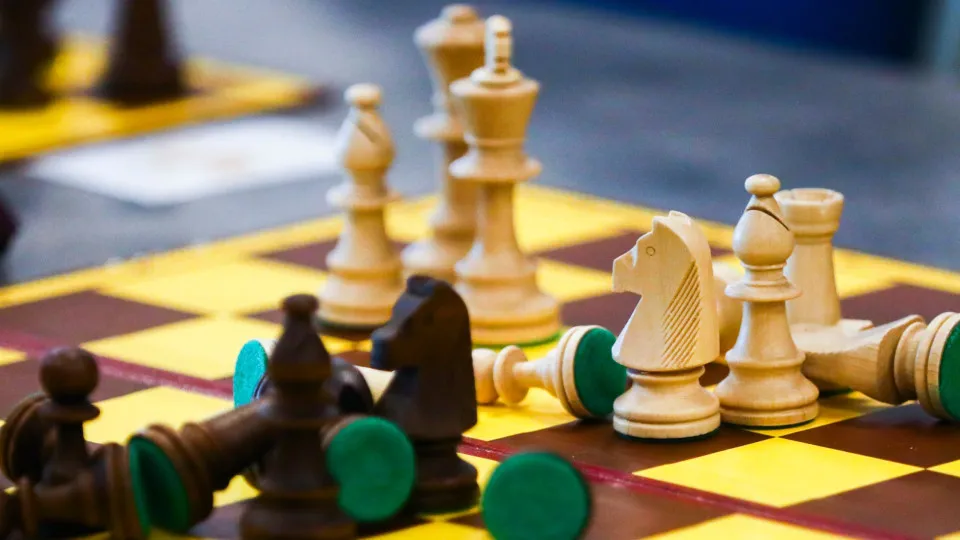Sarwagya Singh Kushwaha from Madhya Pradesh, India, has become the youngest player in history to achieve a rating from the Fédération Internationale des Échecs (FIDE), at just three years, seven months and 20 days old.
With a rapid rating of 1,572, he surpassed older competitors and set a new global record, eclipsing the previous milestone held by another Indian youngster. For context, FIDE’s base rating is 1,400, and world no. 1 Magnus Carlsen currently leads rapid chess with an extraordinary 2,824.
It’s a remarkable achievement that underscores the enduring fascination with the game itself. If you’re reminded of the young prodigy from the 2020 Netflix miniseries 'The Queen's Gambit,' you're not alone. The series helped bring renewed attention to chess, a game dating back to the 6th century with deep political, social, and cultural significance.Check out this gallery to learn all about the history of chess.



